Why the autonomous future will be dominated by hybrids and electrics

The most interesting tech innovations with cars these days tend to fall into two categories. On one hand, self-driving car tech is progressing nicely (if a bit slower than expected). The sensor tech is improving and getting more affordable, such that adaptive cruise control, lane mitigation, and crash avoidance are becoming more common even in lower cost cars.
On the other hand, hybrids and electrics are pushing boundaries (and the range you can expect). I was impressed by the 2019 Honda Insight because it can go up to 550 miles without a fill, yet it drove like a normal car – one that doesn't feel at all like a budget model.
We’ll start seeing a convergence of these two major pillars of innovation over the next few years. It makes sense. Tesla has led the charge (no pun intended) by offering some of the most impressive driverless car tech and, at the same time, led the way forward in terms of electric range and feedback for the driver. I still remember the first time I saw the range on a Model S (at that time around 330 miles, but some models can last up to 370 miles).


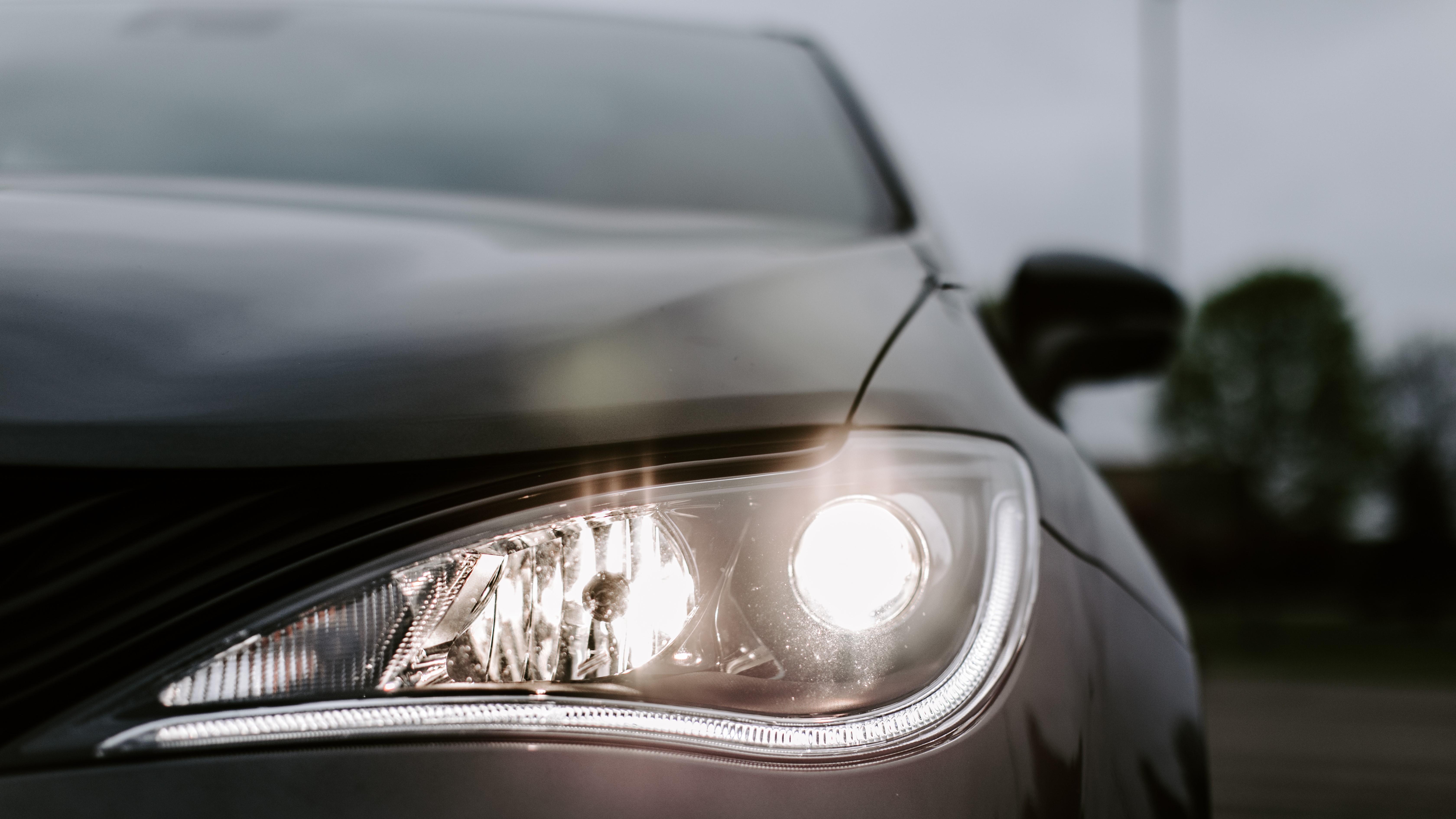

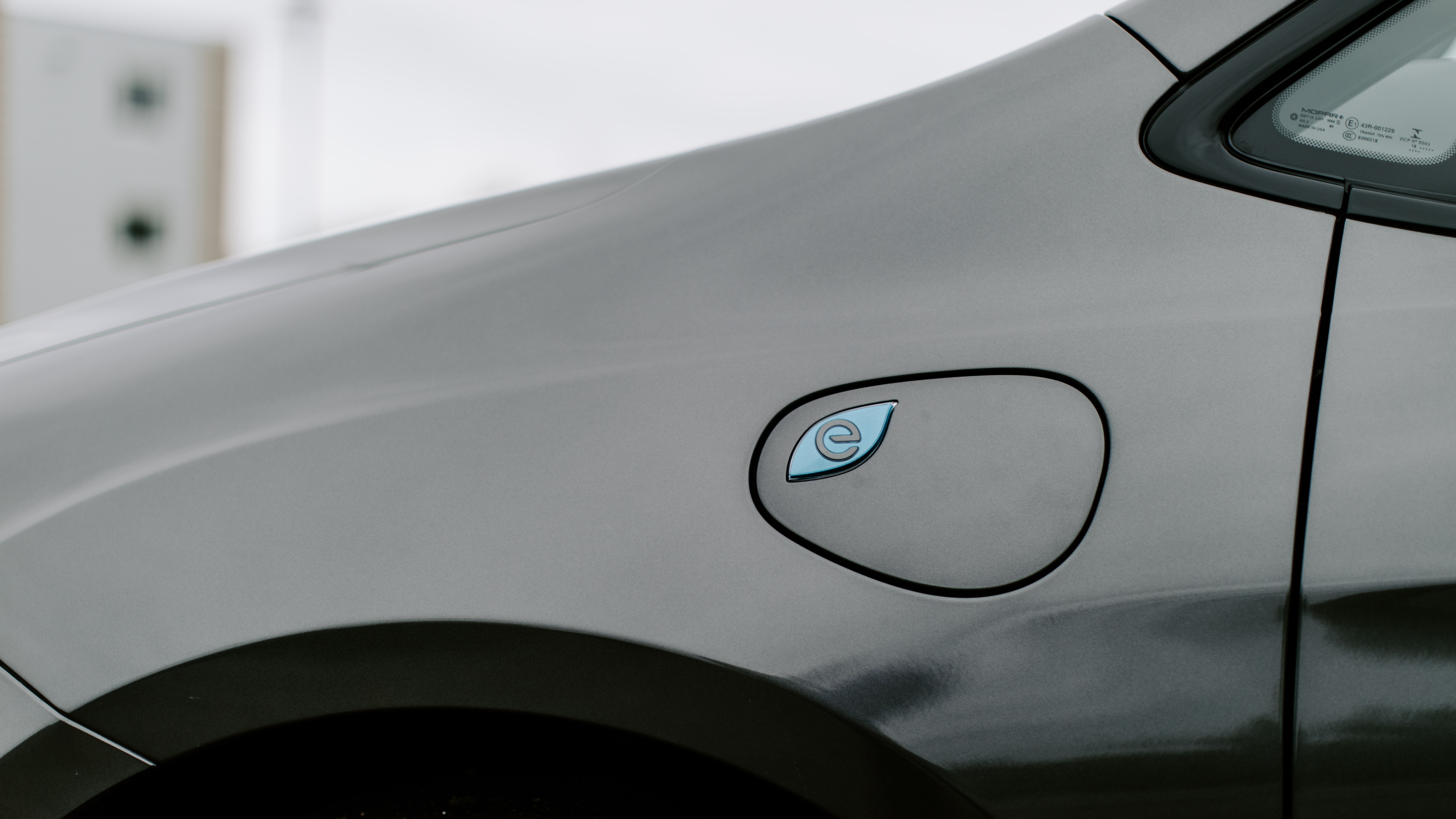
The two innovations seem to coincide in automotive tech – the more hybrid tech progresses, with better feedback and data for the driver, the more safety and autonomous tech seems inevitable.
This became obvious to me driving the 2019 Chrysler Pacifica Hybrid this past week, including a trip across two states. I had the same jaw-drop moment realizing that the plug-in can go 32 miles in all-electric mode – typical on many smaller hybrids from Lexus and others, but the first time I’ve tested this feature in a minivan – and around 488 miles with electric-assist. That was enough range (520 total) to make the cross-state drive a little more economical.
The shape of things to come
What I really appreciated though was the simple and clear display that shows real-time feedback. You can see exactly how much power the vehicle is using, whether it’s all electric, the gas engine, or a combination of both. I charged up several times, and then monitored how the Pacifica would stay in all electric mode for about 32 miles.
If I stepped down on the accelerator too much, the gas engine would engage. I learned to drive more carefully. The animated screen shows which drivetrain (electric, gas, or both) is activated as you drive.
Sign up for breaking news, reviews, opinion, top tech deals, and more.
You can also check your driving history using a simple and colorful chart. One day I drove entirely in electric mode around my hometown, charging up a couple of times in my own garage. I was able to check which days on my trip gave me the most range, and thought back about how part of that longer trip had involved an area with more hills and used more gas.
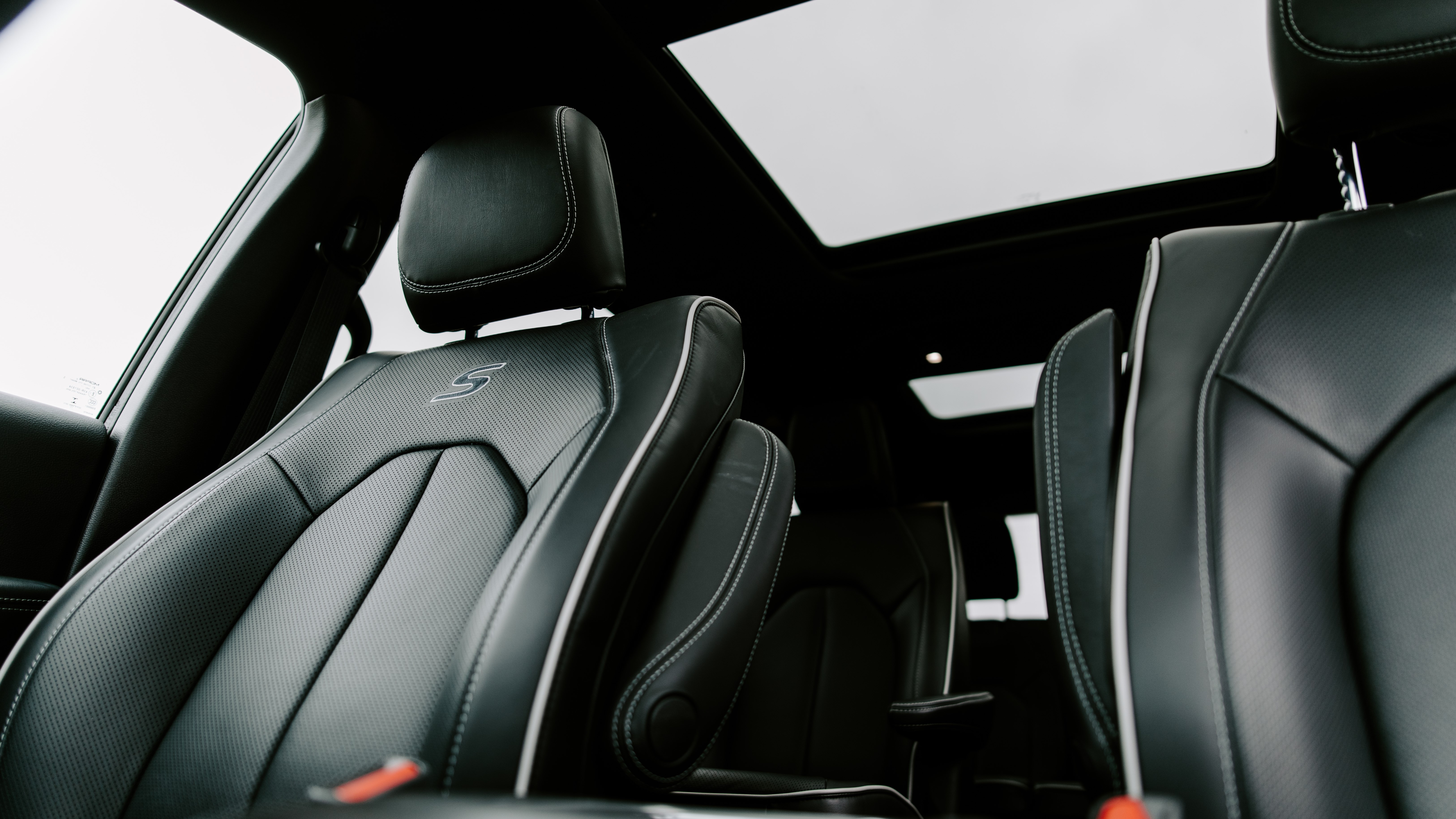
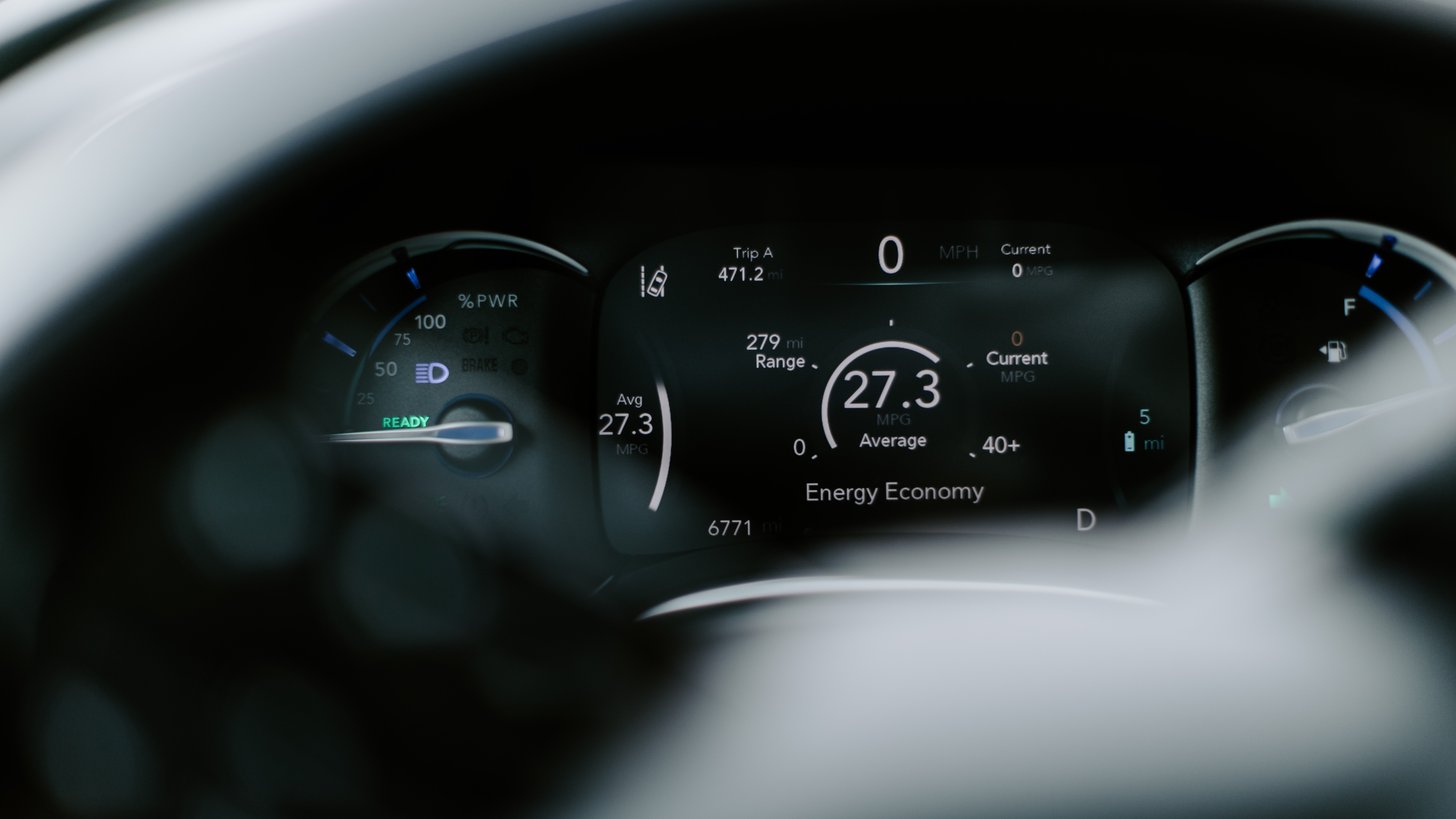
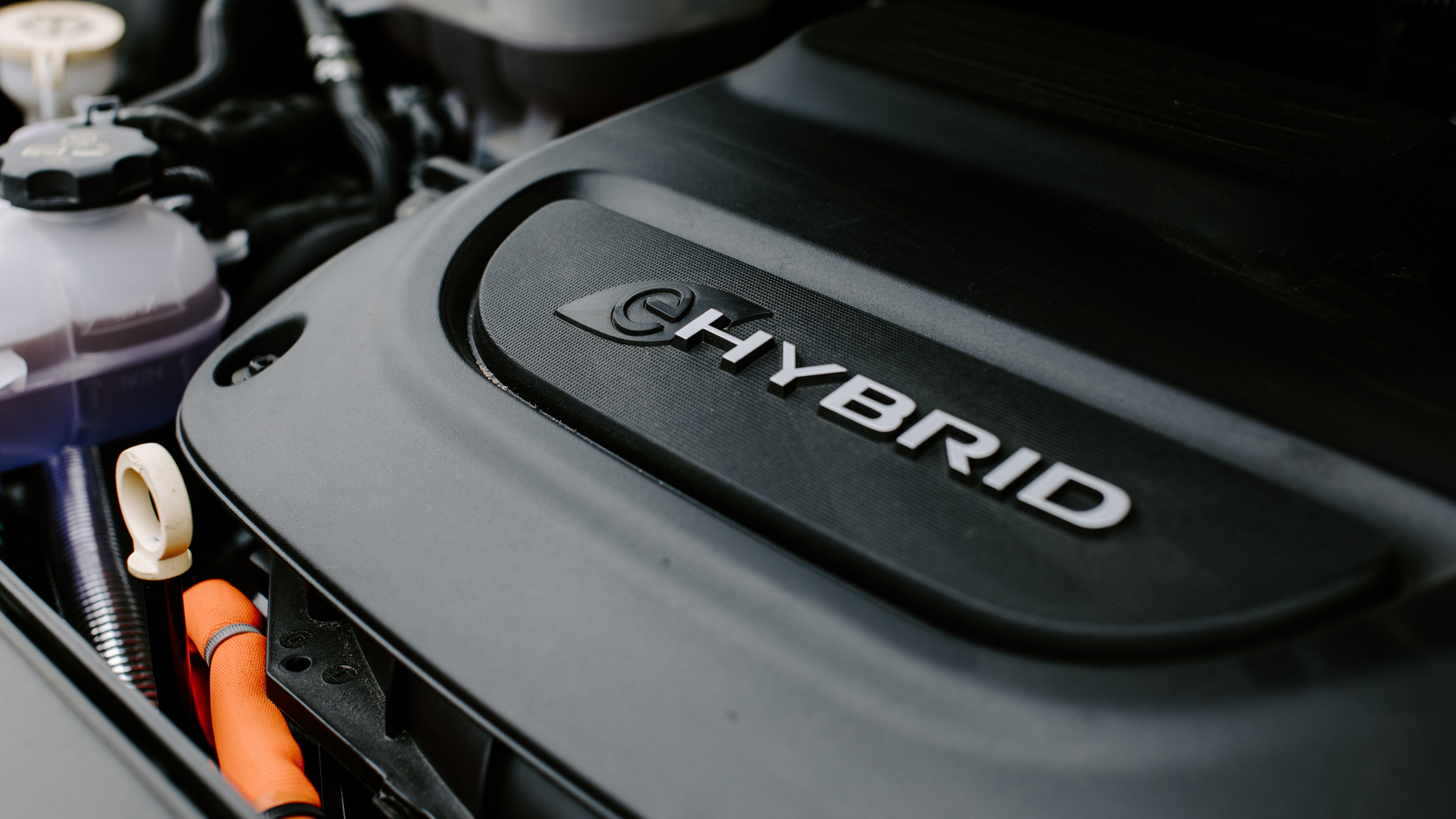
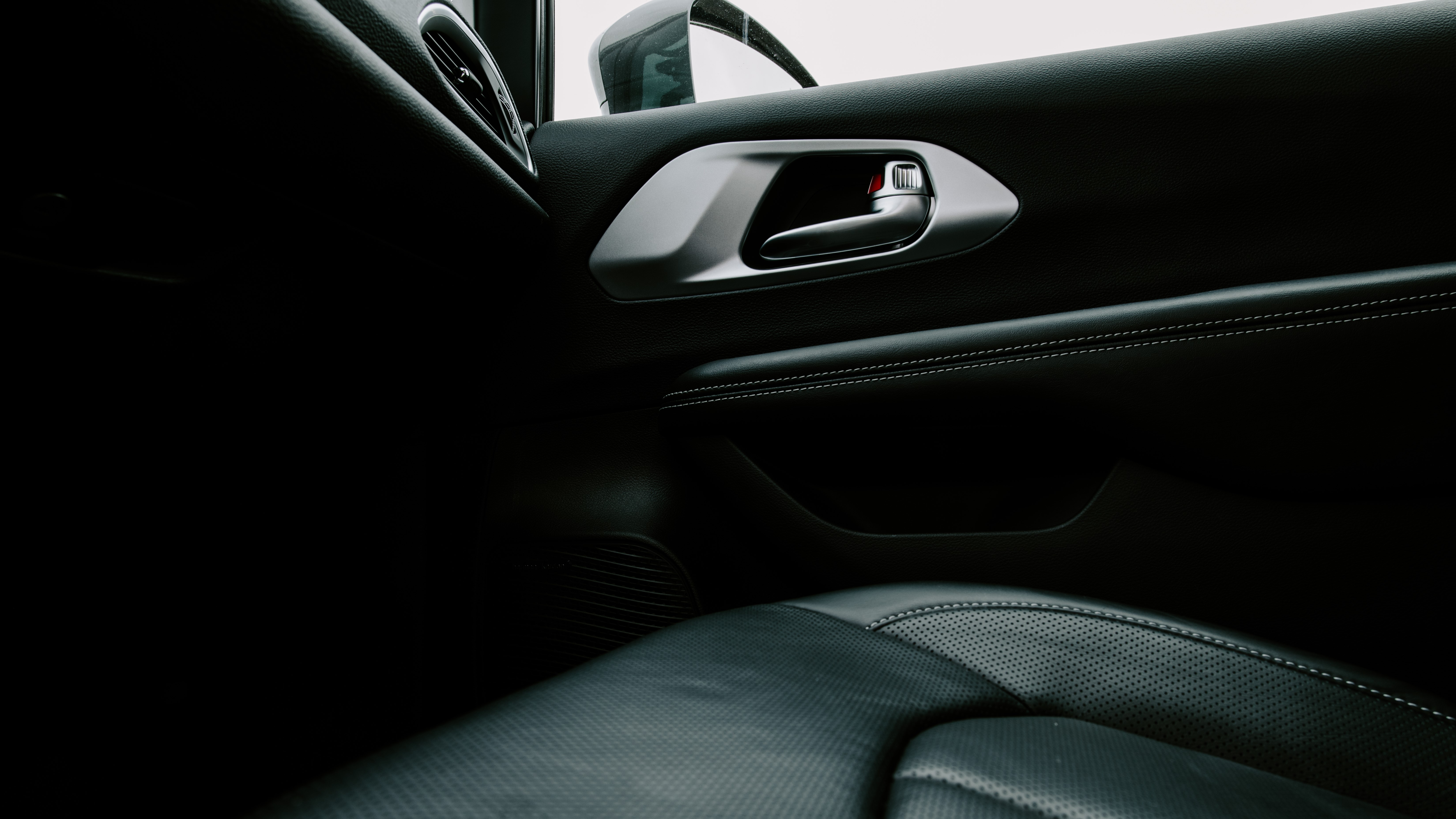
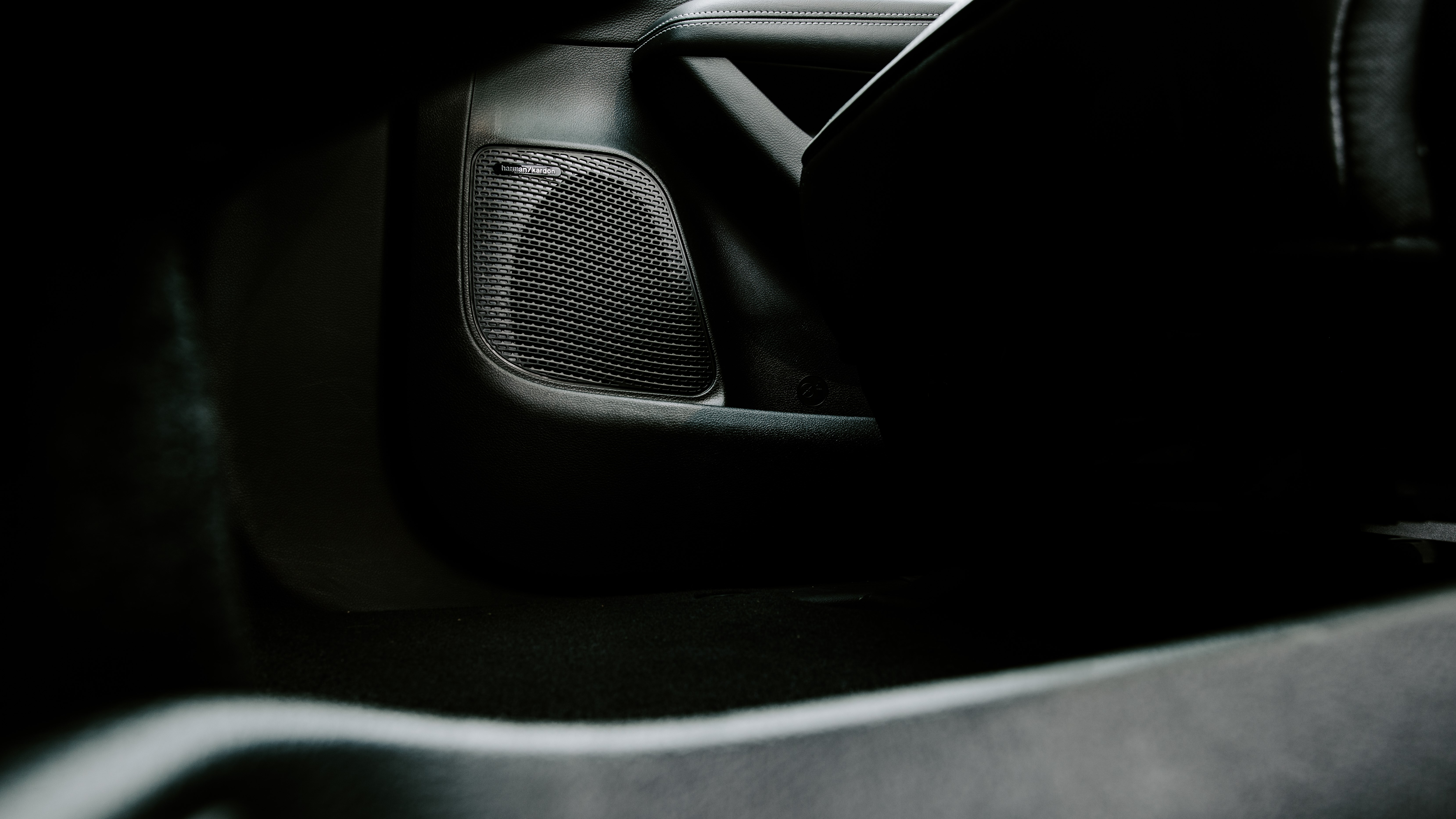
This level of feedback is just about right – there isn’t too much information, and yet it was enough to change how I drove the Pacifica and became a daily challenge.
I can see how there will be a confluence of this economical driving and feedback with the future of autonomous cars, when we have even more time to monitor how the vehicle is driving. As we enter an age of more intelligent cars that also connect to the roadway and other cars, we’ll see more safety tech match up nicely with more innovations in how the car itself drives, the ability to tweak more settings, and an interface that helps us keep tabs on things.
Overall, the Pacifica Hybrid is a good example of progress. It’s a full-size minivan with seating for seven comfortably. The Pacifica also has adaptive cruise control and lane-keeping. I was impressed because I wasn’t expecting this much range – or this much tech.
On The Road is TechRadar's regular look at the futuristic tech in today's hottest cars. John Brandon, a journalist who's been writing about cars for 12 years, puts a new car and its cutting-edge tech through the paces every week. One goal: To find out which new technologies will lead us to fully self-driving cars.

John Brandon has covered gadgets and cars for the past 12 years having published over 12,000 articles and tested nearly 8,000 products. He's nothing if not prolific. Before starting his writing career, he led an Information Design practice at a large consumer electronics retailer in the US. His hobbies include deep sea exploration, complaining about the weather, and engineering a vast multiverse conspiracy.